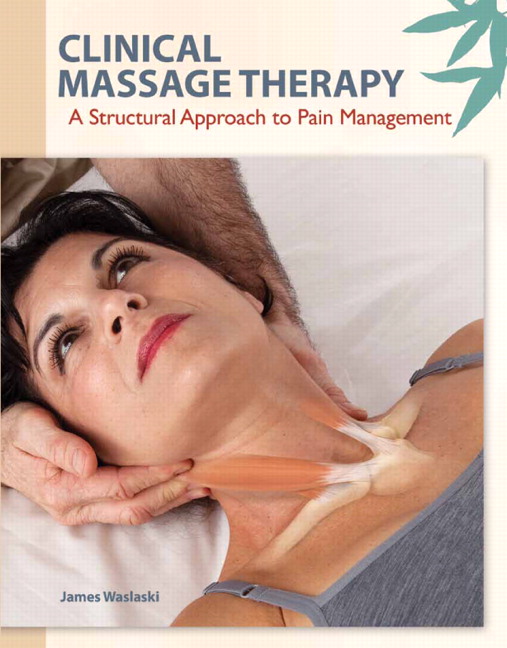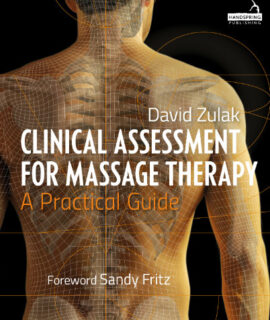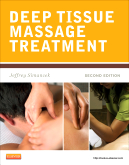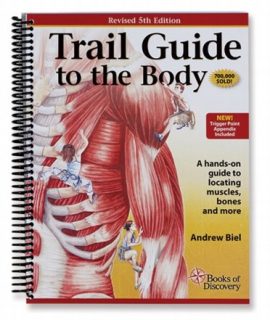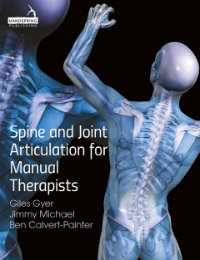Clinical Massage Therapy:Structural Approach to Pain Management
$118.95 $105.00
This text teaches effective therapeutic massage techniques that can prevent or eliminate multifaceted pain conditions, including chronic pain, sports injuries, and structural imbalance.
Its unique 12-step approach focuses on treating specific conditions with techniques based on structural balance, bridging all touch therapy disciplines, and offering a new model for massage training. Detailed color illustrations reveal underlying pathologies, and flowcharts explain treatment steps.
Massage students learn from Body Maps; Expert Opinion features; precautionary Alerts; clear Body Mechanics instructions; case studies, review questions, and a complete glossary. The text’s multimodal and multidisciplinary approach makes it equally valuable to physical and occupational therapists, trainers, chiropractors, osteopaths, nurses, manipulative therapists, and physicians.
Features:
Unique 12-step approach–reflecting 20 years of clinical experience devoted to restoring structural integrity and balance for all extrinsic and intrinsic body systems, and presenting methods that have been tested on thousands of clients
* Helps students systematically identify what is happening in each of the client’s painful areas and match appropriate treatment techniques to pathologies
Pain-free techniques–teaching techniques that are performed pain-free, with consistent attention to increasing myofascial space and structural balance to accommodate new movement as the client’s range of motion increases
* Enables students to treat patients without inflicting unnecessary pain
Comprehensive coverage organized by body region–including pelvic stabilization; conditions of the lower leg, ankle, foot, knee, thigh, elbow, forearm, wrist, and hand; thoracic and shoulder conditions; and cervical spine conditions
* Enables students to assist patients suffering from a wide variety of conditions
* Organizes complex therapeutic pain management concepts into user-friendly and understandable modalities, helping students evaluate, test and treat common pain syndromes more quickly
Client histories–showing how to take a client history and perform a thorough functional assessment that will serve as the foundation for choosing and performing procedures
* Guides students in getting accurate information to make better treatment decisions
State-of-the-art anatomical illustrations combining detailed color illustrations with photographs of live models–precisely illustrating the true underlying pathology of each and every condition, depicting where muscles are in relationship to other compromised structures, and helping practitioners identify the best way to access and treat them
* Integrates the visual and tactile representation of anatomical spatial relationships with kinesthetic training to explain concepts and techniques more clearly, and elevate practitioners’ skills more rapidly
12-step flowchart for each condition–presenting a “pathway to pain-free movement” that identifies the treatment steps associated with each condition
* Makes it easier for students to understand the steps associated with each treatment, and the order in which those steps should be performed
Performance-driven “Core Concepts” objectives–providing up-front checklists of the skills students will learn in each chapter
* Tells students exactly what they will be learning in each chapter
Body Maps for each body region–illustrating relationships among different body parts, highlighting core muscles, and calling attention to relevant conditions
* Illuminates complex interrelationships amongst body parts and systems that students must understand in order to provide effective, safe care
Expert Opinion boxed features–presenting input and suggestions from leading pain management experts
* Enables students to learn from the experiences and views of many leading practitioners
Precautionary alerts–appearing with each condition
* Students are told what not to do if clients have specific conditions
Body Mechanics instruction–appearing in the legend of all figures, illustrating good form
* Helps students learn to perform massage movements properly, and then confirm that they are continuing to do so
Real client case studies–illustrating conditions resulting from everyday activities and showing how the 12-Step approach can be used to create pain-free movement and improve performance
* Helps students link new concepts and techniques to the experiences of real patients
End-of-chapter review questions–reinforcing key concepts
* Helps students check their knowledge and gain confidence
* May help students prepare for massage certification exams
Extensive glossary–appearing at the end of the book
* Ensures that specialized terminology never stands in the way of understanding

